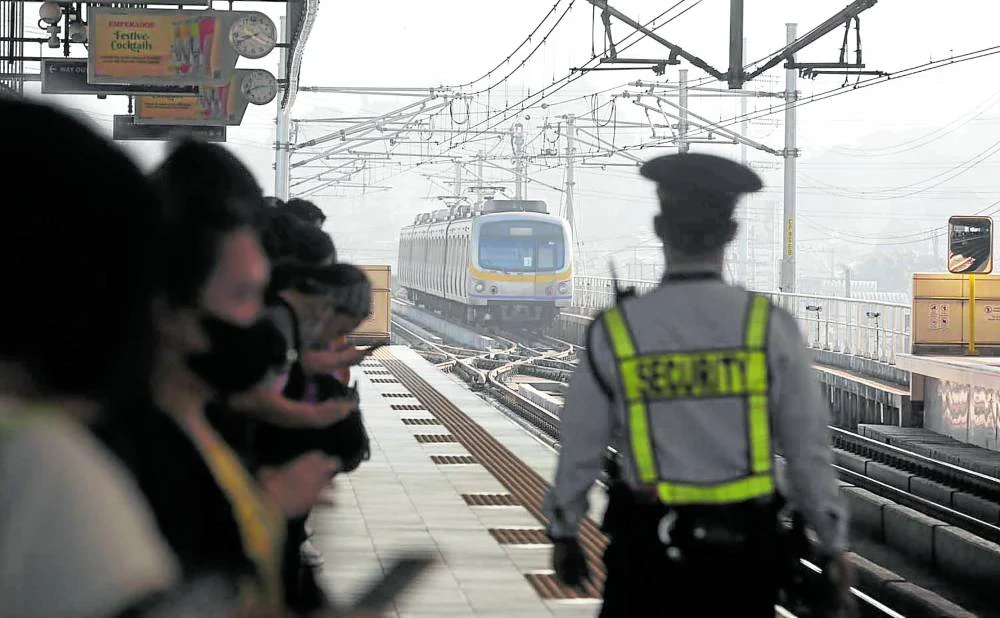
A law on a long-term national transport infrastructure plan is needed to address the country’s inadequate transportation system without rehashing “old, insufficient quick fixes,” according to Philippine Institute for Development Studies (PIDS).
In a study penned by PIDS senior research fellow Adoracion Navarro and research analyst Jokkaz Latigar, the state-run think tank said planning long-term can help address persistent infrastructure problems.
Titled “Road and Rail Transport Infrastructure in the Philippines: Current State, Issues, and Challenges,” the study analyzed the quantity and quality of the country’s road and rail transport infrastructure and its interlinked stages of planning, programming, budgeting, implementation, and monitoring and evaluation.
Needs anticipated
“A long-term national transport infrastructure plan that is legislated can improve the anticipation by stakeholders of future implementation activities,” the researchers said.
“[It can] also help in the orderly preparation of requirements, like land dues, right-of-way, financing options, explorations, structures, management of political interests, and capacity building for implementers,” they added.
Findings show that while the nationwide road density is gradually increasing, regional road densities remain low and suggest “weak connectivity.”
Road density, ratio of the total length of the road network to a specified land area, was pegged at 10.68 kilometers (km) of roads per 100 square km of land nationwide in 2021.
According to Navarro and Latigar, a well-developed road transport sector paves the way for the creation of market access opportunities and facilitates economic activities and the ease of mobility for social services.
Focus on rail
However, they noted that rail transport development in the Philippines has stagnated over the years, with commuters now facing poor service due to severe rail congestion and poor quality and unsafe railway platforms.
According to Assistant Secretary Leonel Cray De Velez of the Department of Transportation (DOTr), the government remains committed to elevating the country’s transportation system to international standards in terms of affordability, comfort, efficiency, and accessibility.
He said the DOTr has set several targets to be achieved by 2028, including metropolitan railways for Cebu, Davao, Cagayan de Oro, and Cavite; 800 kilometers of new inter-regional railways, particularly in Ilocos and Cagayan Valley; and highways for more than a third of the country’s 81 provinces.
If you like this article, share it on social media by clicking any of the icons below.
Or in case you haven’t subscribed yet to our newsletter, please click SUBSCRIBE so you won’t miss the daily real estate news updates delivered right to your Inbox.
The article was originally published in Inquirer.NET and written by Ronnel W. Domingo.







More Stories
Vista Land Celebrates 50 Years with Sandiwa: An Event Honoring Leadership, Legacy, and the Filipino Dream of Homeownership
Vista Land Celebrates Love Month in Ilocos Region
Vista Land Bridges Cebuano Heritage and Progress with Valencia by Vista Estates